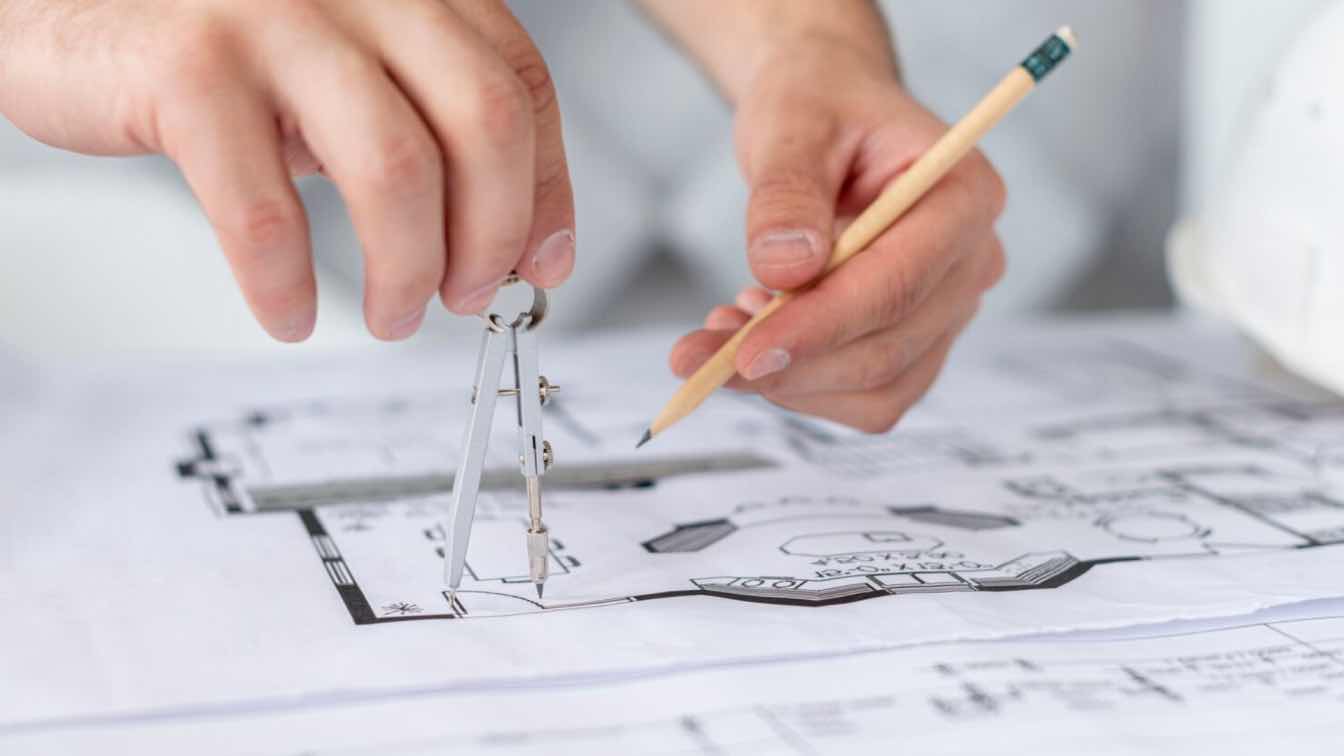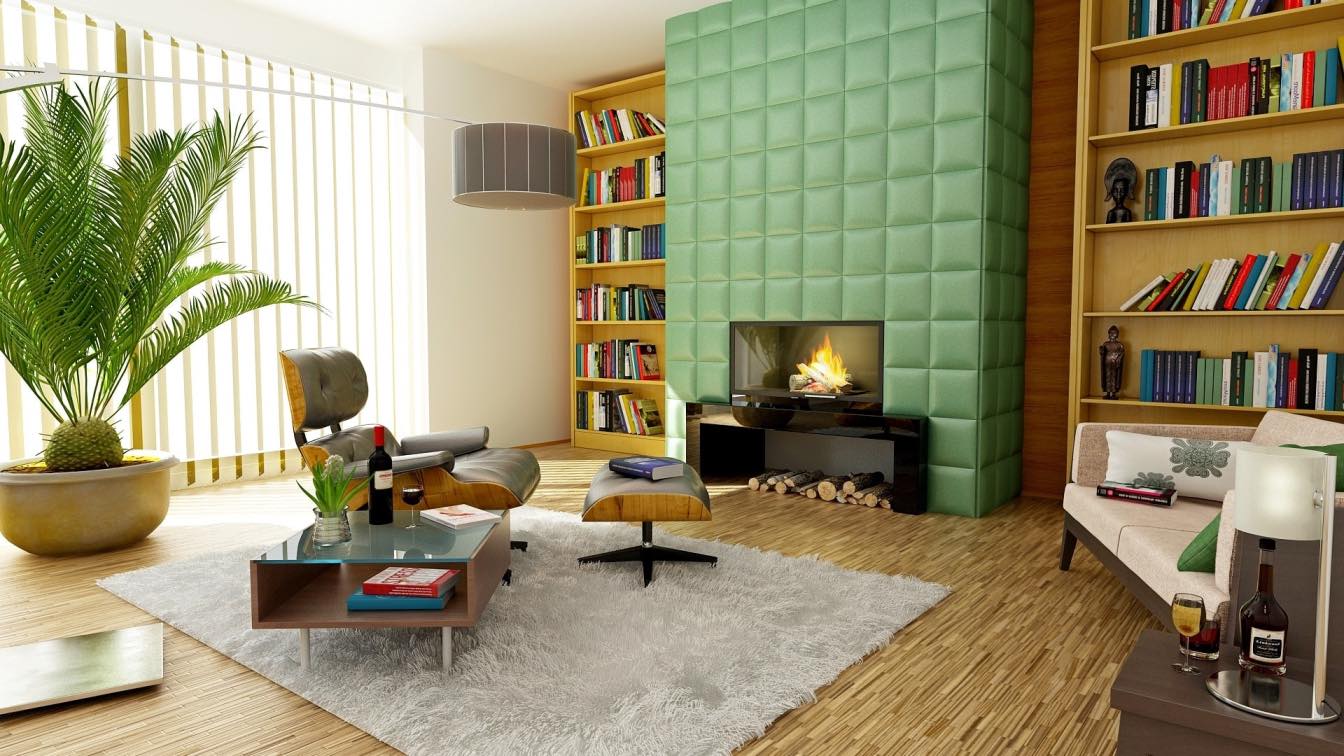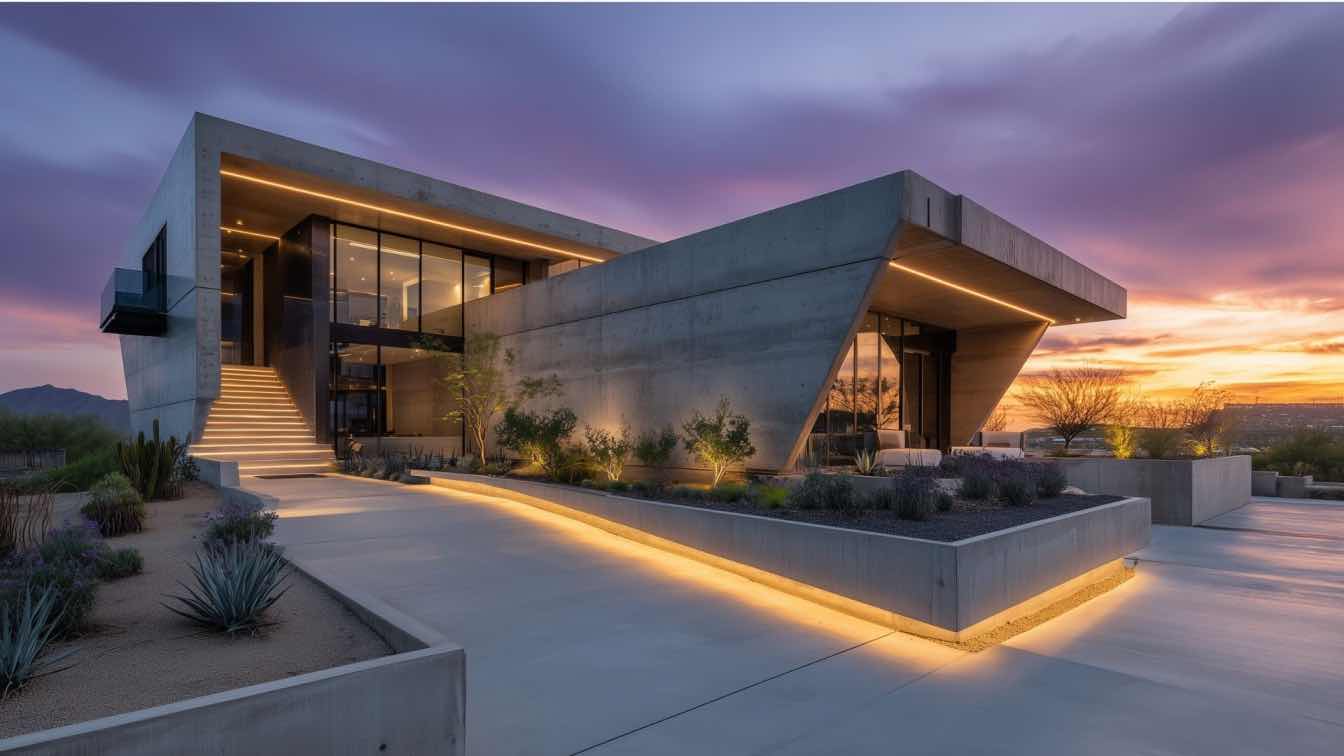In today's luxury homes, technology is no longer an afterthought. It's part of the design from day one. Sleek lines, high-end finishes, and premium materials still define great architecture—but now, so do intuitive control systems, immersive entertainment setups, and responsive environments. The way people experience their homes has evolved, and architecture is evolving with it.
One of the biggest shifts is how audio-visual systems are being treated. What once lived on the surface—bulky TVs, visible speakers, tangled wires—is now designed to disappear. But this doesn't happen on its own. Working with an experienced audio visual contractor early in the process is key. These professionals help architects bring digital experiences to life without disrupting the flow or form of a space. From custom speaker placement to centralized control systems, they align technology with architecture, not against it. These integrations feel natural, more like design enhancements than tech add-ons when done well.
The most innovative residential projects prove that thoughtfully incorporated AV systems can elevate architecture. With the right planning and collaboration, tech becomes part of the spatial narrative, not a distraction.
Invisible Integration Techniques for Preserving Architectural Integrity
Concealed Display Solutions
Clients want large, high-definition screens—but not always visible. Modern solutions allow displays to vanish when not in use. Televisions can rise from furniture or lower from ceiling cavities using motorized lifts. Mirror TVs function as decorative glass until activated. In projection-based designs, retractable screens descend only when needed, preserving the wall or ceiling as a clean visual surface. Ultra-thin display panels can also be embedded directly into custom millwork, seamlessly blending with cabinetry or wall treatments. The result: media presence without visual clutter.
Speaker Systems That Disappear
Audio is just as critical as visuals, but traditional speakers often conflict with architectural purity. Fortunately, today's audio solutions prioritize invisibility without sacrificing quality. In-ceiling and in-wall speakers now come with paintable grilles that match surrounding finishes. Acoustic plaster allows speakers to vanish entirely behind the surface. Fabric-wrapped panels can deliver high-performance sound while acting as design features. These systems provide immersive experiences while preserving the room's visual harmony.
Centralized Equipment Management
High-end audio-visual setups require equipment—amplifiers, receivers, media servers—but that doesn't mean they need to be seen. Remote tech rooms are increasingly used to house all core components, keeping living areas visually clean and acoustically balanced. Custom millwork can incorporate ventilation and cable routing while maintaining a furniture-grade finish. Furniture pieces like coffee tables or sideboards can conceal charging hubs and connectivity ports. Wireless transmission systems eliminate the need for most visible cables, letting architects preserve clean lines and uninterrupted materials.
Acoustic Design and Soundproofing as Architectural Elements
Structural Considerations for Sound Management
Audio performance doesn't begin with the speaker—it begins with the space. Architectural acoustics play a massive role in how sound behaves in a room. Wall angles, ceiling heights, and surface materials all affect clarity, balance, and echo. That's why high-performance homes now include acoustic modeling during the design phase. This lets architects shape rooms to support better audio while meeting aesthetic goals. Sound can be managed through form, not just fixtures. A well-proportioned room with controlled reflection points can sound great even before installing the first speaker.
Professional Soundproofing Solutions for Media-Rich Environments
When media rooms are part of the plan, sound containment becomes critical. No one wants blockbuster-level sound bleeding into a quiet bedroom next door. Professional soundproofing solves this without compromising style. Floating floors, isolated wall assemblies, and layered ceiling systems block transmission while maintaining elegance. Custom acoustic treatments—integrated into wall art, built-ins, or ceiling details—enhance interior design while improving performance. These solutions create the kind of focused, immersive experience high-end clients expect, without disrupting the rest of the home.
Multi-Functional Acoustic Elements
Some of the most effective acoustic tools don't look technical at all. A decorative ceiling detail might double as a sound diffuser. An art piece could conceal an absorption panel. Even strategic use of textiles—curtains, rugs, upholstery—can shape the sound of a room. The best designs make these elements feel like they've always belonged, unlike afterthoughts. Acoustics and aesthetics should support each other, not compete.
Lighting Integration with Audio Visual Systems
Synchronized Environmental Controls
Lighting and audio-visual systems work better together and don't operate in isolation. In high-end residential projects, the most engaging environments are those where lighting adjusts in sync with media usage. For example, a movie scene might trigger automated dimming, close blackout shades, and shift color temperatures to reduce eye strain. During the day, daylight management systems protect screen visibility by managing glare. These integrations do more than add convenience—they shape mood, highlight architecture, and support well-being.
Interface Harmonization
Control matters. But so does how it looks and feels. Instead of a tangle of remotes or mismatched apps, luxury homes now feature unified control systems. One intuitive interface—on a tablet, smartphone, or built-in wall panel—can manage lighting, AV, climate, and more. Voice control adds accessibility, while gesture-based systems reduce the need for visible controls altogether. Even when wall switches or panels are required, they're now available in finishes that match the interior, designed to blend in rather than stand out. The result is a smart home that's also a beautiful home.
Designing Dedicated Media Spaces Within Residential Architecture
Beyond the Traditional Home Theater
The media room has evolved. While dedicated home theaters still exist, many clients want more flexible entertainment spaces. Multi-use rooms now accommodate gaming, music listening, casual streaming, or group viewing. Outdoor media zones—with weatherproof screens and directional sound—extend the entertainment experience to terraces and patios. Some designs distribute media access throughout the home, allowing residents to enjoy content from any room, without clutter. Others create convertible zones that switch from formal sitting rooms to immersive media environments at the touch of a button.
Ergonomic and Experiential Considerations
A great media space isn't just about tech—it's about how it feels to be there. Sightlines must be considered from every seat. Primary listening positions should be tuned for acoustic "sweet spots." Ventilation isn't just for comfort—it keeps high-performance equipment from overheating. Materials matter, too. Velvet, wool, leather—these choices affect not just touch and luxury, but sound absorption and visual reflectivity. When every detail is designed for experience, the result is an effortless and unforgettable space.
The Collaborative Process Between Architects and Technology Specialists
Establishing Technology Vision During Conceptual Design
The earlier tech planning starts, the smoother the integration. Defining what kind of experiences the homeowner wants—cinematic immersion, whole-home audio, smart automation—sets the direction for both design and budget. Architects and AV specialists should agree on how much of the system will be visible, where compromises can happen, and what must be preserved. Aligning these goals from the conceptual stage prevents awkward last-minute workarounds and protects design integrity.
Documentation and Coordination Strategies
Collaboration continues in the documentation phase. Technology overlays should be layered into architectural plans, not stapled on afterward. Physical mockups—of hidden speakers, retractable screens, or custom millwork—help avoid surprises during construction. Clear role assignments between trades ensure nothing slips through the cracks. Before the handoff, rigorous testing ensures all systems perform as promised. When design and tech teams communicate clearly and consistently, the final result feels cohesive, not cobbled together.
Balancing Technological Currency With Timeless Design
The hardest challenge in tech-rich architecture is staying current without looking trendy. Technology moves fast; great architecture endures. The best residential projects don't chase gadgets—they create adaptable, scalable, and aesthetically grounded environments. Architects can build homes that evolve with technology by focusing on invisible integration, flexible infrastructure, and intuitive controls while maintaining their original design vision.
When architecture and audiovisual technology align, the result is more than a smart home—it's a smarter way to live—seamless, elegant, and enduring.





